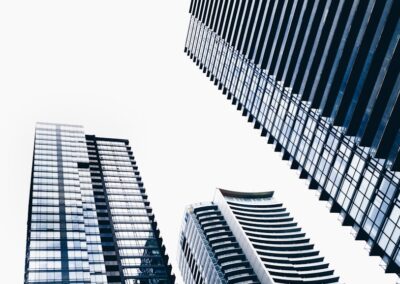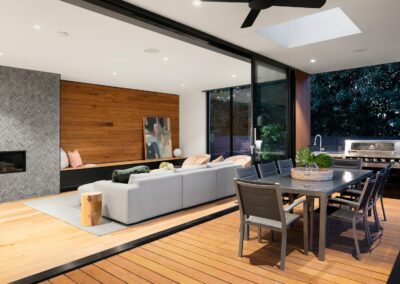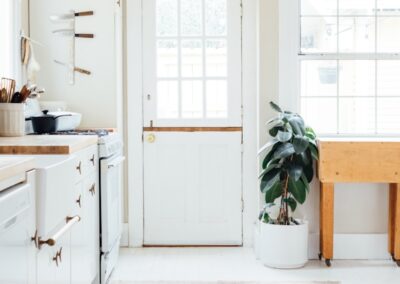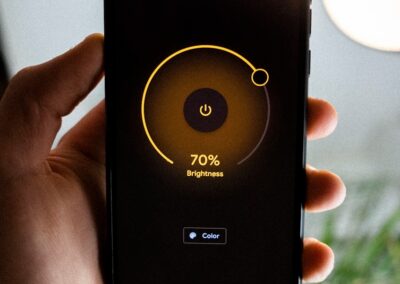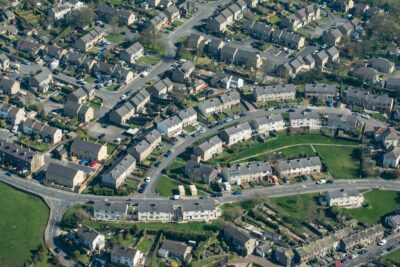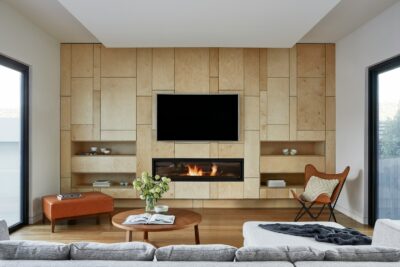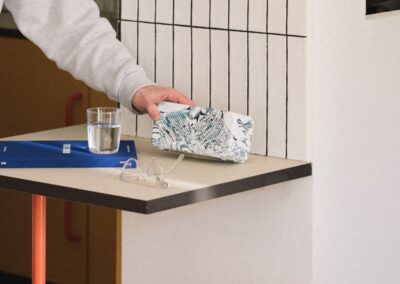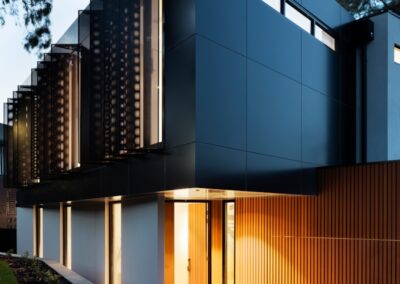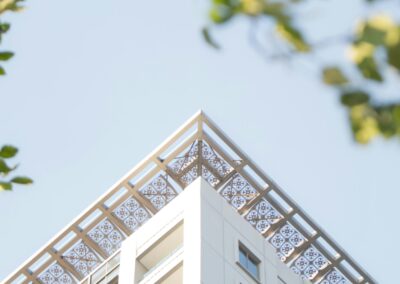The Advantages of Sustainable Living Environments
Introduction to Sustainable Homes and Health Benefits
Living in sustainable homes offers a myriad of health benefits, ranging from improved indoor air quality to reduced exposure to toxins. These homes are designed to minimize environmental impact while enhancing the well-being of residents. In regions like Saudi Arabia and the UAE, the concept of sustainable living is gaining traction as part of broader environmental initiatives. This article examines the health advantages associated with sustainable homes and their impact on residents’ quality of life.
Sustainable homes prioritize environmental responsibility without compromising comfort or convenience. This approach involves integrating energy-efficient technologies, utilizing eco-friendly materials, and implementing effective waste management systems. By reducing energy consumption and minimizing environmental footprint, sustainable homes contribute to a healthier living environment.
Improved Indoor Air Quality
Air Filtration Systems and Natural Ventilation
One of the primary health benefits of sustainable homes is improved indoor air quality. These homes are equipped with advanced air filtration systems that remove pollutants, allergens, and toxins from indoor air. Additionally, natural ventilation techniques are employed to circulate fresh air throughout the living space, reducing the buildup of indoor pollutants.
In Dubai and Riyadh, where air quality can be affected by urbanization and industrial activities, sustainable homes offer a sanctuary of clean, breathable air. Residents benefit from reduced respiratory issues and allergies, fostering a healthier lifestyle.
Low-VOC Materials and Green Building Standards
Sustainable homes utilize low-VOC (volatile organic compound) materials during construction and renovation. These materials emit fewer harmful chemicals into the indoor environment, improving air quality and reducing the risk of respiratory illnesses. Green building standards, such as LEED (Leadership in Energy and Environmental Design), ensure that sustainable homes adhere to stringent criteria for indoor air quality management.
In Saudi Arabia, the adoption of green building practices is part of the country’s commitment to sustainable development and public health. Sustainable homes not only promote environmental stewardship but also prioritize the well-being of occupants through healthier indoor environments.
Natural Light and Biophilic Design
Biophilic design principles are integral to sustainable home architecture, incorporating natural elements like sunlight and greenery into living spaces. Natural light not only enhances the aesthetic appeal of a home but also supports circadian rhythms and promotes mental well-being. Biophilic design fosters a connection to nature, reducing stress levels and improving overall mood among residents.
In the UAE, where sunlight is abundant year-round, sustainable homes maximize natural light penetration through strategic architectural planning. This approach not only reduces reliance on artificial lighting but also enhances the health and productivity of occupants, creating harmonious living environments.
Reduced Exposure to Toxins
Eco-Friendly Building Materials and Chemical-Free Finishes
Sustainable homes prioritize the use of eco-friendly building materials and finishes that are free from toxic chemicals. By avoiding materials like formaldehyde and PVC, these homes minimize indoor air pollution and reduce the risk of chemical exposure for residents. Eco-friendly paints, flooring, and insulation contribute to a healthier indoor environment while supporting sustainable living practices.
In Riyadh, where sustainable development is a key focus of urban planning, the use of chemical-free building materials ensures that residential communities prioritize the health and well-being of their inhabitants. Sustainable homes set a precedent for responsible construction practices that prioritize human health alongside environmental sustainability.
Water Filtration and Purification Systems
In addition to air quality, sustainable homes often feature advanced water filtration and purification systems. These systems remove contaminants and impurities from drinking water, ensuring that residents have access to clean and safe water for consumption and daily use. By minimizing exposure to harmful substances, such as heavy metals and chlorine, sustainable homes support the long-term health of their occupants.
In the UAE, where water scarcity is a significant concern, sustainable homes play a crucial role in conserving water resources while safeguarding public health. These homes exemplify the integration of technology and environmental stewardship, offering a blueprint for sustainable living in arid climates.
Conclusion: Embracing Healthier Living through Sustainable Homes
Living in sustainable homes not only reduces environmental impact but also enhances the health and well-being of residents. From improved indoor air quality to reduced exposure to toxins, these homes prioritize human health while promoting eco-friendly practices. In regions like Saudi Arabia and the UAE, where sustainable development is a growing priority, the adoption of sustainable homes represents a proactive approach to addressing environmental challenges and supporting public health initiatives.
For business executives, mid-level managers, and entrepreneurs, understanding the health benefits of sustainable homes is essential for promoting a culture of well-being and sustainability within residential communities. By embracing eco-friendly building practices and investing in sustainable technologies, businesses can contribute to healthier living environments and sustainable urban development.
—
#HealthBenefits #SustainableHomes #IndoorAirQuality #ToxinReduction #UAESustainability #SaudiArabiaGreenLiving #DubaiSustainableDevelopment #ModernLiving #SmartHomes






